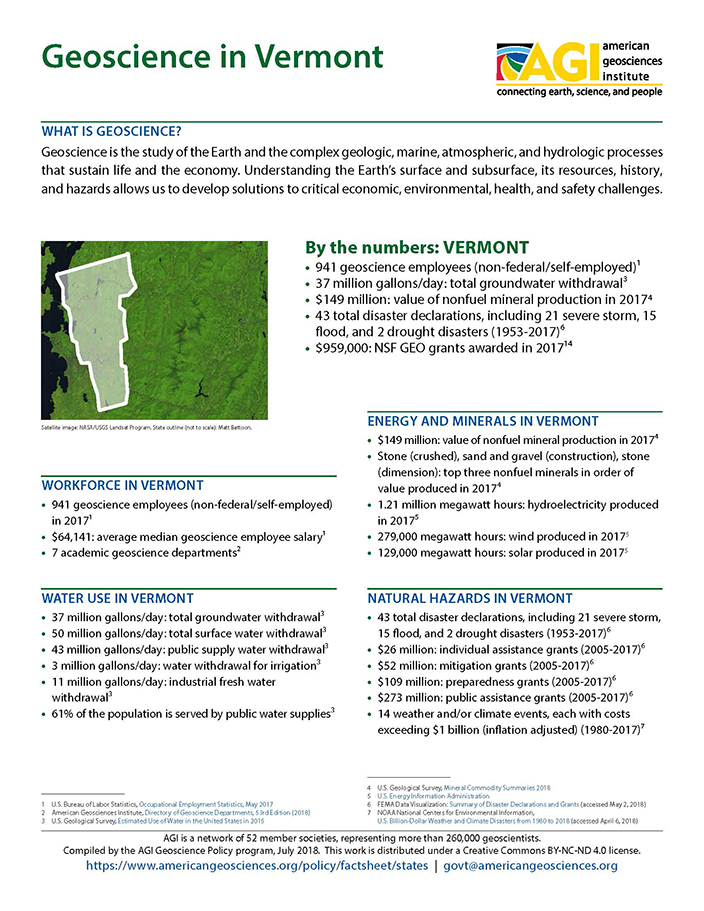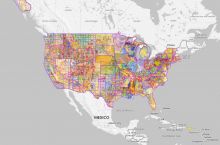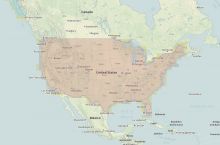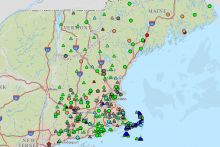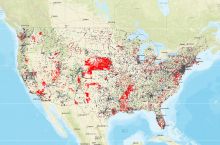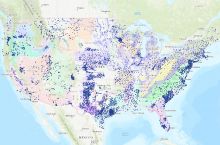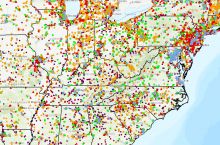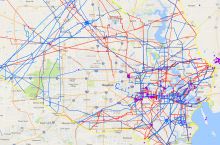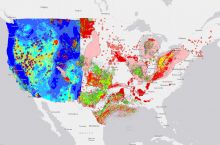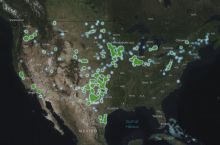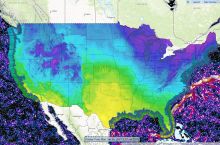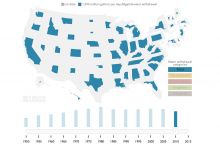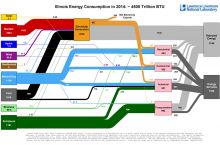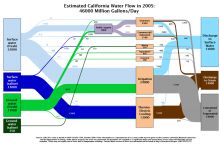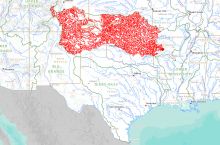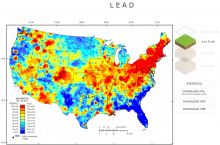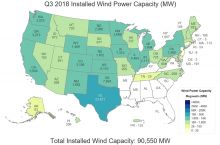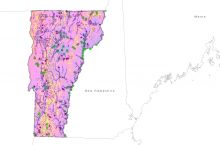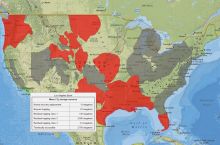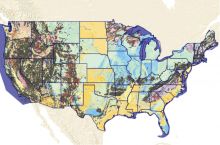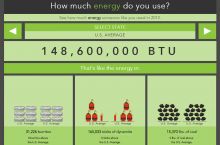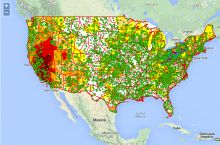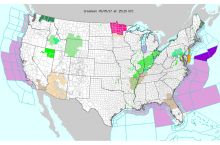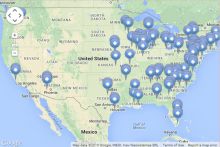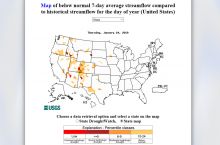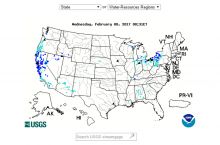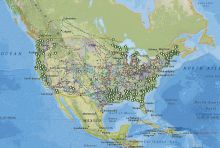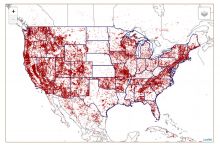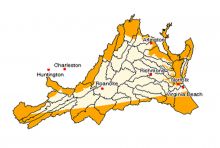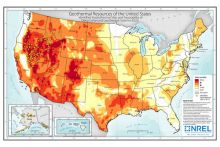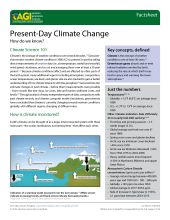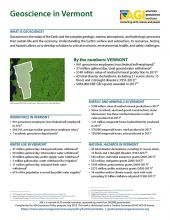By the numbers: Vermont
- 941 geoscience employees (excludes self-employed)1
- 37 million gallons/day: total groundwater withdrawal3
- $149 million: value of nonfuel mineral production in 20174
- 43 total disaster declarations, including 21 severe storm, 15 flood, and 2 drought disasters (1953-2017)⁶
- $959,000: NSF GEO grants awarded in 201714 ...
Agencies Working on Geoscience Issues in vermont
The Vermont Center for Geographic Information, a division of the Agency of Commerce and Community Development (VCGI), will provide strategic governance and deliver high quality geospatial data, services, solutions, infrastructure and expertise using methods that are efficient and effective, client-focused, and consistent with our enabling legislation.
The Vermont Department of Environmental Consrvation aims to preserve, enhance, restore, and conserve Vermont's natural resources, and protect human health for the benefit of this and future generations.
Vermont Emergency Management manages and provides support to a number of emergency response agencies in Vermont. Programs managed by VEM include Debris Management, the Emergency Alert System, the National Incident Management System, the Radiological Emergency Response Plan, the State Emergency Response Commission, and VT-ALERT.
The Vermont Geological Survey, also known as the Division of Geology and Mineral Resources in the Department of Environmental Conservation, conducts research and mapping relating to the geology, resources and topography of the State.

